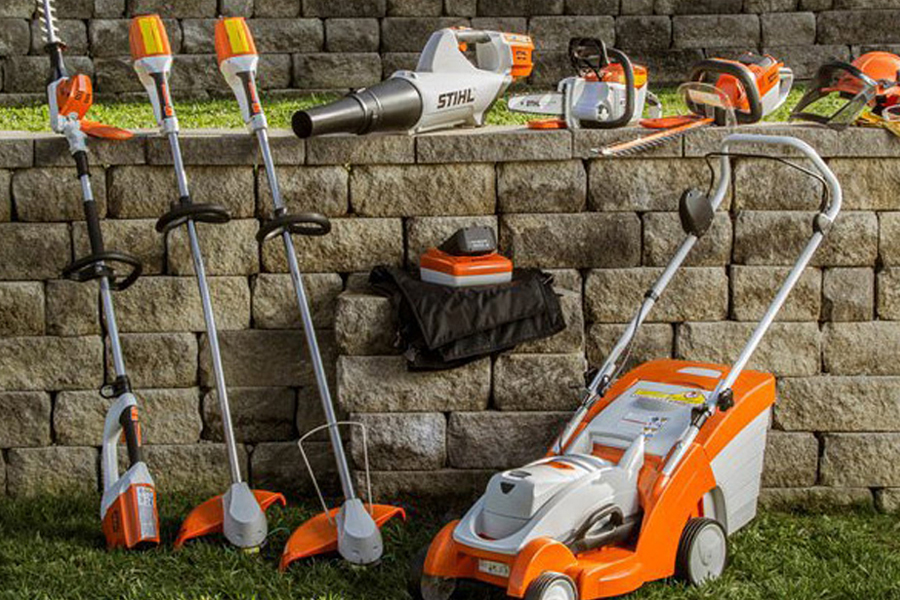Dig in and grow with these essential gardening tools for a thriving garden
To create a thriving garden, having the right tools can make all the difference. Here are some essential gardening tools that can help you dig in and grow a successful garden:
Trowel: A hand trowel is a versatile tool used for digging small holes, transplanting seedlings, and scooping soil. It’s ideal for working in tight spaces and planting small plants.
Garden Fork: A garden fork is designed to loosen and aerate compacted soil. It’s useful for turning over soil, removing weeds, and mixing in compost or fertilizer.
Pruning Shears: Also known as secateurs, pruning shears are used for cutting and shaping plants. They’re great for trimming branches, deadheading flowers, and maintaining the overall health and appearance of your plants.
Garden Hoe: A garden hoe is effective for removing weeds and cultivating the soil. It has a flat blade that you can push or pull through the soil to break up clumps and create a smooth planting surface.
Garden Rake: A garden rake is essential for leveling the soil, removing debris, and smoothing out beds. It’s also handy for gathering leaves or spreading mulch.
Watering Can or Hose: Proper watering is crucial for a thriving garden. A watering can or hose with a nozzle attachment allows you to control the water flow and direct it precisely where it’s needed.
Garden Gloves: Protect your hands from dirt, thorns, and sharp objects with a good pair of garden gloves. Choose gloves that fit well and provide both comfort and dexterity.
Garden Pruners: For heavier pruning tasks, such as cutting thick branches or woody stems, a pair of garden pruners with longer handles and a bypass or anvil-cutting mechanism is ideal.
Garden Spade: A garden spade is a sturdy, square-headed shovel that is useful for digging large planting holes, edging beds, and moving heavy soil or compost.
Garden Wheelbarrow: A wheelbarrow is handy for transporting heavy loads of soil, mulch, compost, or plants around your garden. Look for one with sturdy construction and a comfortable grip.
Gardening Knife: A sharp gardening knife can be used for a variety of tasks, including cutting twine, dividing plants, and harvesting vegetables or herbs.
Garden Sprayer: A garden sprayer or spray bottle is useful for applying liquid fertilizers, insecticides, or herbicides to your plants. It allows for targeted application and ensures even coverage.
Remember to clean and maintain your gardening tools regularly to prolong their lifespan and ensure optimal performance. With these essential gardening tools, you’ll be well-equipped to cultivate a thriving garden.
There are many benefits to using essential gardening tools. Here are a few of the most important ones:
Efficiency: Good gardening tools can help you get the job done faster and more easily. This is especially important if you have a large garden or if you don’t have a lot of time to garden.
Accuracy: The right tools can help you make precise cuts and movements, which is essential for planting, weeding, and harvesting. This can help you avoid damaging your plants and improve your yields.
Comfort: Well-designed gardening tools are comfortable to use, even for long periods of time. This can help you avoid fatigue and injuries, which can make gardening more enjoyable.
Safety: Good gardening tools can help you avoid accidents. For example, a sharp knife is less likely to slip and cut you than a dull one.
Here are some of the most essential gardening tools:
Shovel: A shovel is a versatile tool that can be used for digging, moving soil, and planting.
Trowel: A trowel is a smaller tool that is ideal for digging small holes and transplanting plants.
Rake: A rake is used for leveling soil, removing debris, and spreading mulch.
Watering can: A watering can is essential for watering your plants.
Secateurs: Secateurs are used for cutting stems and branches.
Hand pruners: Hand pruners are used for cutting small branches and stems.
Wheelbarrow: A wheelbarrow is used for transporting heavy loads, such as soil, mulch, and compost.
Gloves: Gloves protect your hands from dirt, thorns, and sharp objects.
Hat: A hat protects your head from the sun.
Sunglasses: Sunglasses protect your eyes from the sun.
If you are new to gardening, it is a good idea to start with a basic set of tools. As you become more experienced, you can add additional tools to your collection as needed.
Here are some tips for choosing the right gardening tools:
Consider the size of your garden. If you have a small garden, you may not need all of the same tools as someone with a large garden.
Think about the type of plants you will be growing. Some tools are better suited for certain types of plants. For example, you will need a different type of shovel for digging in clay soil than you will for digging in sandy soil.
Choose tools that are comfortable to use. You will be spending a lot of time using your gardening tools, so it is important to choose ones that are comfortable to hold and use.
Invest in quality tools. Good-quality tools will last longer and be more durable.
With the right tools, you can make gardening a more enjoyable and rewarding experience.


